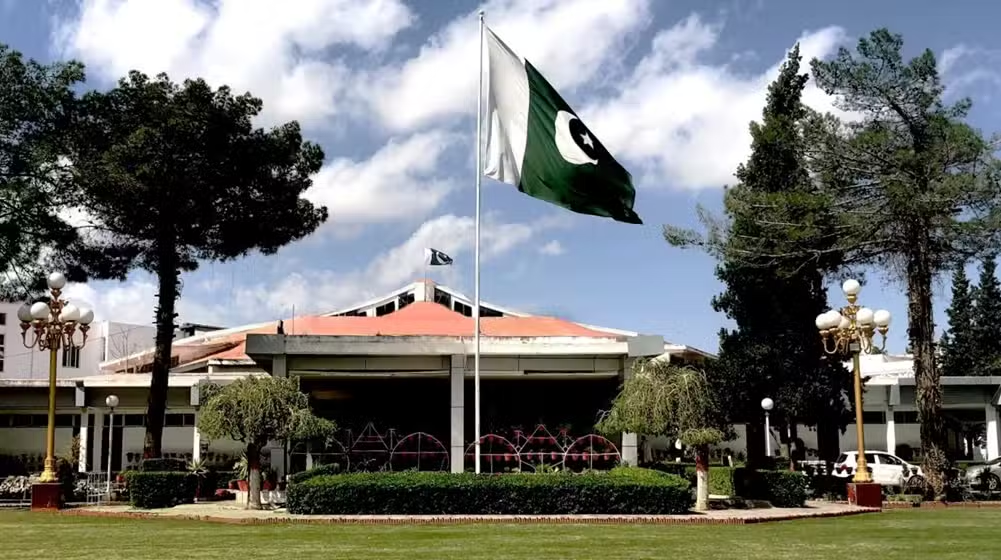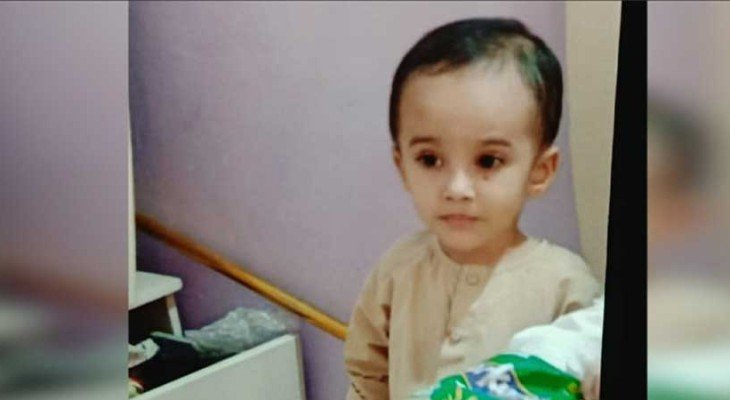The provincial government of Balochistan has approved plans to construct a new Assembly building at an estimated cost of Rs. 9.5 billion. The decision stems from concerns about the existing structure’s condition and a vision to align the new building with future needs and cultural identity.
Reasons Behind the Decision
Chief Minister Mir Sarfraz Bugti highlighted that the current assembly building, erected nearly four decades ago, is outdated and has deteriorated significantly. He also noted that it no longer meets the functional requirements of modern legislative work, citing inadequate space, structural wear, and security limitations. As a result, the provincial administration has deemed demolition necessary to make way for an improved facility .
Location and Land Constraints
Given the lack of available land in Quetta’s Red Zone, the government has identified a site near the NUST–Sariab Road area as the ideal location. This choice provides space for an expanded complex that will include the main chamber, offices, meeting rooms, and service infrastructure. It will also facilitate future extensions while maintaining a secure buffer zone for protected access.
Budget and Funding Arrangements
The project’s Rs. 9.5 billion figure includes comprehensive planning, construction, furnishing, landscaping, and security systems. Chief Minister Bugti emphasized that most of this cost will be borne through federal support, reducing the immediate fiscal pressure on the provincial budget .
This expense aligns with broader development investment in Balochistan: the province recently approved a Rs. 900 billion budget for FY 2024–25, with over Rs. 320 billion allocated to public-sector development, transportation, health, and education initiatives .
Design Considerations and Cultural Identity
Chief Minister Bugti emphasized that the new building will reflect Baloch cultural heritage, featuring architectural motifs and design elements inspired by indigenous materials and traditions. He called for modern facilities that cater to electronic documentation, conference hosting, and public access, while remaining flexible for future technological needs.
Construction is slated to include a spacious auditorium—already inaugurated as a first phase—which the Chief Minister described as a symbol of both performance and rapid delivery. He praised the Communications and Works Department for completing this phase ahead of schedule and with quality controls in place .
Parliamentary Debate and Opposition Voices
While the motion was passed unanimously by lawmakers, some raised concerns over the project’s scale and priorities. A member from Jamaat‑e‑Islami asked whether the allocation of Rs. 5 to 9.5 billion for infrastructure was appropriate when basic services like maternal and child healthcare lag significantly .
Similarly, former Chief Minister Nawab Aslam Raisani urged the government to preserve the historic assembly structure, suggesting it could be renovated instead of demolished. He argued that the funds would be better allocated to essential sectors such as health, education, and rural infrastructure .
Timeline and Contractor Selection
During the September 2024 assembly session, the Speaker confirmed the new building was expected to be completed within a year, noting that a Chinese firm had committed to executing the project. This aligns with broader international engagement in Balochistan’s infrastructure development .
Balancing Priorities: Infrastructure vs. Human Development
Critics argue that while new infrastructure is essential, the opportunity cost must be weighed carefully—especially in a province with high rates of child stunting, maternal mortality, and low school enrolment. One analyst described the decision as emblematic of a tension between symbolic architecture and pressing human development needs .
Still, the provincial leadership maintains that modern legislative infrastructure will improve governance efficiency and public engagement. It also signals confidence in Balochistan’s stability, drawing in further federal and international development initiatives .
Broader Development Context
The assembly building initiative forms part of wider provincial plans. Aside from the Rs. 900 billion budget, federal investments in solar energy, highways, and public-sector development reflect a concerted effort to revitalise Balochistan’s governance and economic landscape .
Topics #featured #Pakistan #trending pakistan




